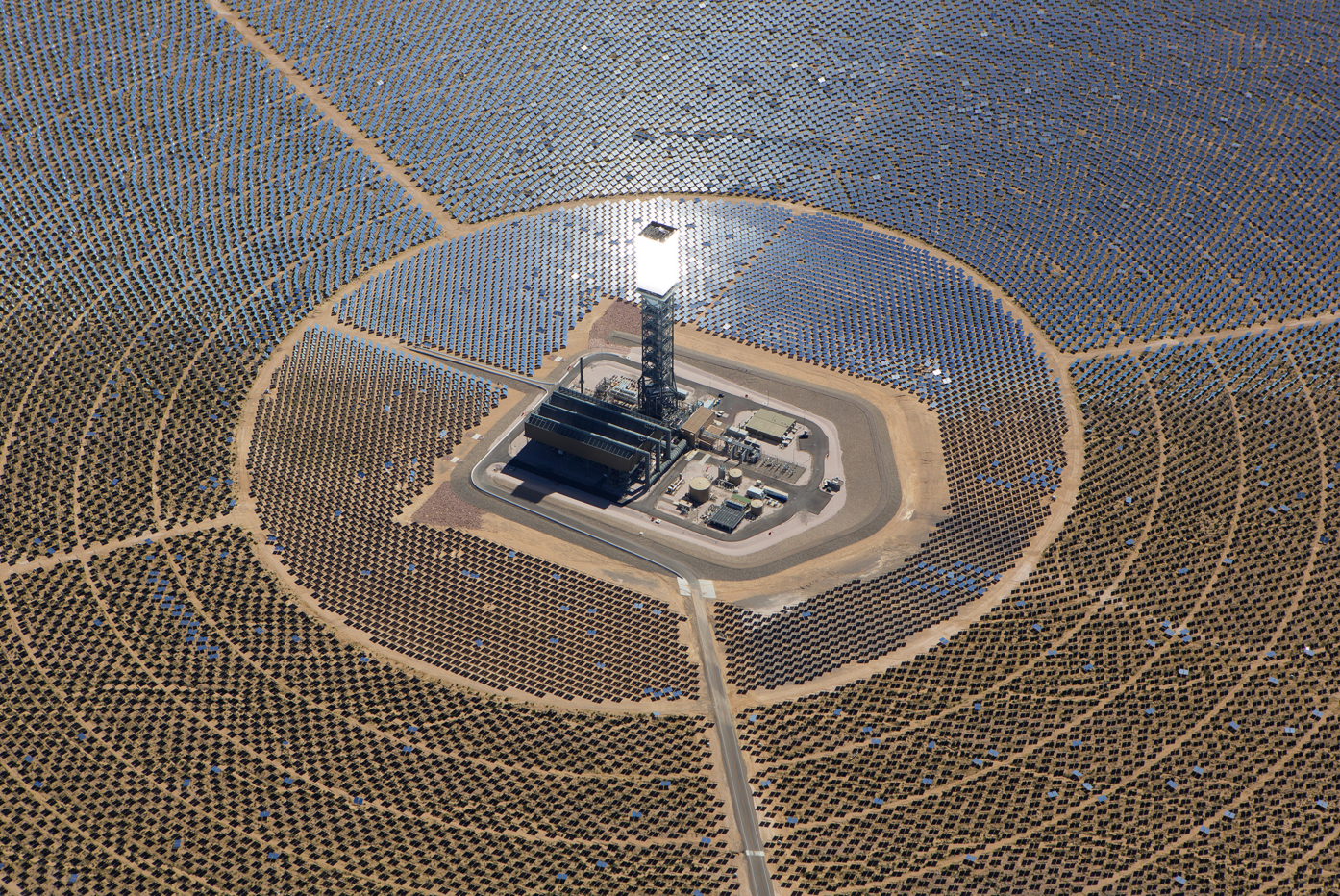The race of renewable energy sources continues: The biggest solar thermal power plant of the world has been approved by the government of Australia. It is a 150 megawatt structure which is planned to be build in Port Augusta located in South Australia.
This project is a job opening opportunity for the native workers as it is offering 650 construction jobs. This project will meet the energy consumption requirements of the state and will produce some spare too. In future this world’s largest solar thermal power plant should help the state to make this kind of energy inexpensive.

This project has been started and is in progress with a costs of AU$650 million and is going to be completed by 2020, adding to Australia’s chain of majestic renewable projects that already includes solar projects along with tidal ones.
A professor of sustainable energy engineering from University of South Australia, Wasim Saman says:
“The significance of solar thermal generation lies in its ability to provide energy virtually on demand through the use of thermal energy storage to store heat for running the power turbines. This is a substantially more economical way of storing energy than using batteries.”
The mechanism of working of solar photovoltaic plants is direct conversion of sunlight to electric energy so when there is no sunlight such plant need batteries for excess power storage. In comparison the solar thermal plants use mirrors for the purpose to centralize the sunlight into the heating system.
In renewable market there are various heating systems being used but in the case of solar thermal power plants there is a better option than batteries that is molten salt which is more economical. This molten salt can be used for boiling water, spinning a steam turbine and generating electric energy when needed.
According to the developers of this project it can produce electric power (at full load) for up to 8 hours after sunset A power plant built by the same contractor in Nevada named as Crescent Dunes with 110 megawatt capacity will act as layout pattern for this project.
Now the electricity generated by renewable energy in South Australia is nearly 40% of the total generation. This has reduced the prices as the solar energy has proved to be more reliable and safe provide of electricity.
The lower cost factor of the project as compared to a coal-fired plant is providing government with as reason of being attracted by renewables.The per megawatt cost of this plant is nearly same to that of the per megawatt cost of solar photovoltaic plant or wind power plant.
The engineering researcher of Australian National University Mathew Stocks says that we still need “lots to learn” about the use and methods that how such thermal technologies can be used in the electric generating systems.
“One of the big challenges for solar thermal as a storage tool is that it can only store heat. If there is an excess of electricity in the system because the wind is blowing strong, it cannot efficiently use it to store electrical power to shift the energy to times of shortage, unlike batteries and pumped hydro.” says Stocks.
According to authorities, this plant needs 50 workers for full time to operate. These workers can use same skills as needed for operating a gas or a coal fired station.
This will be an encouraging opportunity for the workers who were disheartened by the shut-down of the coal-fired station a year ago. The plants run by solar technology have been backed to cost of AU$110m of the justice and fairness given by the federal government of the state of Australia. As the renewables has gained much importance to our power stations, at the end we consider seeing this world’s largest thermal plant gets eclipsed.
“This is first large scale application of solar thermal generation in Australia which has been operating successfully in Europe, USA and Africa. While this technology is perhaps a decade behind solar PV generation, many future world energy forecasts include a considerable proportion of this technology in tomorrow's energy mix.” says Saman.
